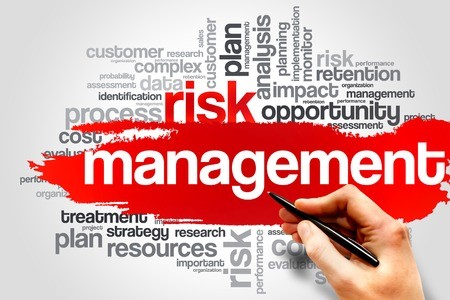Effective risk management starts with nipping hazards in the bud—before they lead to incidents. We all know that a solid Job Safety Analysis (JSA) is a trusted way to evaluate workplace hazards, but let’s face it, the process can sometimes feel overwhelming. Often, companies get sidetracked and miss out on completing these essential analyses. Even when they do get done, it’s not uncommon for JSAs to sit on a shelf, gathering dust, rather than being regularly updated.
But here’s the thing: without a clear understanding of the hazards your employees face daily, keeping them safe is nearly impossible. That’s why it’s crucial to perform JSAs for every job or process, keep them up-to-date, and make sure employees can easily access the findings. This not only raises awareness of safety risks but also creates a safer work environment overall.
Let’s break down the steps to conducting an effective JSA and explore how technology can make the process smoother.
Step One: Choose the Right Job to Analyze
First things first: you need to pick which job or task to analyze. This might seem straightforward, but it’s an important decision, especially when you have limited time and resources. Remember, every time there’s a new piece of equipment, a change in materials, or a shift in processes, the JSA needs a refresh. So, a good practice is to prioritize the jobs you analyze. This way, even if you can’t get to every single one, you’re focusing on the most critical tasks first.
Wondering how to decide which job to tackle first? Consider these factors:
- Jobs with the highest injury or illness rates
- Tasks with a high potential for accidents
- Jobs where a simple mistake could lead to serious consequences
- Newly implemented tasks or those that have recently changed
- Complex jobs that require detailed instructions
These criteria can help you zero in on the jobs that need the most attention. And with mobile-optimized incident management apps, front-line workers can report hazards and near misses in real-time, making it easier to spot which jobs should be analyzed right away.
Step Two: Break Down the Job Tasks
Once you’ve selected a job, the next step is to break it down into individual tasks. It’s important not to be too vague or too detailed here—a good rule of thumb is to keep it under ten tasks. If you find you have more, consider splitting the job into separate phases. This helps ensure that hazards are identified in the order they’re encountered by employees.
Typically, you’d observe an experienced employee performing the job while someone familiar with the process notes down each task. This step is crucial because it ensures that all parts of the job—even often overlooked steps like setup and cleanup—are accounted for. Once the observation is complete, review the findings with your team to make sure nothing was missed.
Step Three: Identify the Hazards
Now comes the critical part: identifying potential hazards. Right after you’ve broken down the tasks, take the time to assess the risks while everything is still fresh in your mind. If any tasks need a second look, don’t hesitate to revisit them.
As you go through each task, ask questions like:
- Are there any pinch points or potential for body parts to get caught in machinery?
- Could the equipment itself pose a hazard?
- Is there a risk of slips, trips, or falls?
- Could lifting, pushing, or pulling cause strain injuries?
- Is there exposure to extreme temperatures?
- Is excessive noise or vibration a concern?
- Could employees be exposed to toxic substances or electrical hazards?
This list isn’t exhaustive, but it’s a good starting point. Tailor your questions to fit the specific job and environment. It’s also essential to involve the employees who perform these tasks—they can offer valuable insights into potential hazards you might not have considered. Once hazards are identified, work on developing controls to mitigate these risks.
Here’s where technology can be a game-changer. A good risk analysis tool can streamline the JSA process, helping you document hazards, track injuries and near misses, and identify trends. With custom reports and dashboards, you can keep a close eye on critical metrics and spot areas where a new or updated JSA is needed.
With these steps, you can make JSAs less of a hassle and more of a routine practice that genuinely enhances workplace safety. After all, the goal is to keep everyone safe and sound, no matter the job.



